Currently, 360-degree laser levels are gaining rapid popularity. They appeared relatively recently, but they have already managed to get an increased interest of builders, despite their not very low cost.
In principle, such an increased interest is quite justified, since self-leveling laser levels of 360 degrees are much more convenient to work with, compared to simple two-plane 2D levels.
The whole specificity of such laser levels lies in the special design of the prism receiving a beam of concentrated laser light.

As you can see in the photo, it is a cone, hence the name – a cone prism.
Thanks to this construction of the prism and the laser beam that passes through the top of the cone, a circular laser plane with a 360-degree sweep is formed.
Advantages of the 360° laser level
Laser levels with such a construction have a number of advantages compared to those that use cylindrical prisms with a limited beam length.
- This is, of course, a closed plane running around the entire perimeter of the room, which allows you to quickly and accurately mark the level in a circle without turning the housing of the laser level.
- Even higher visibility. It is only necessary to turn on the device and immediately it becomes clear the array of upcoming works.
- Perhaps one of the more attractive advantages of such laser levels is that the projected plane can be installed very close to the wall, floor or ceiling.
Or to everything to choose from, as for example in the 4D laser level Huepar S04CG, which already has two horizontal planes, one going as close as possible to the floor, the other to the ceiling. Also see the Top 5 4D laser levels.
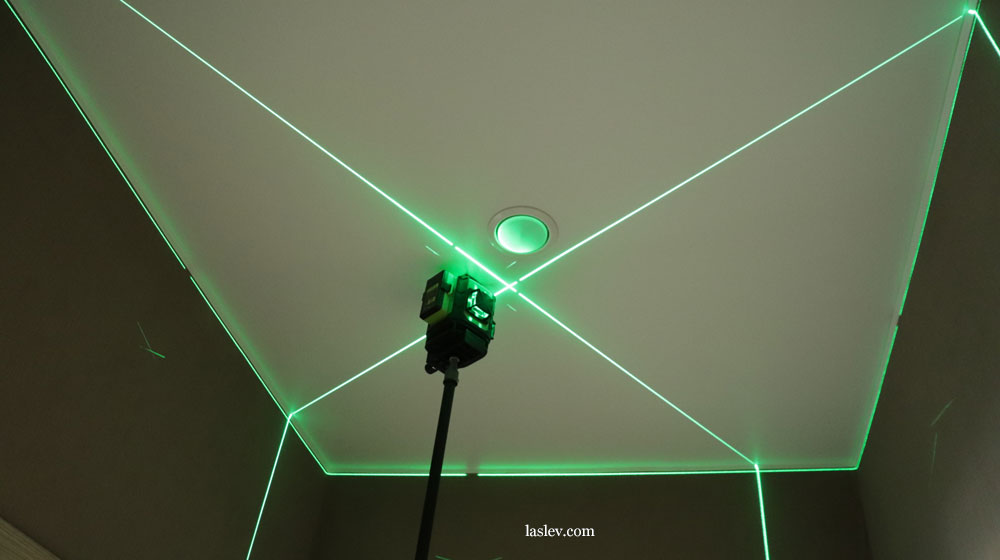
Such features allow you to solve a large number of markup tasks much faster and more conveniently. Plasterers and installers of stretch ceilings, as well as installers of partitions, floors and doors, especially noted this advantage.
Disadvantages of 360-degree laser levels
As all equipment has its pros and cons, so there are also disadvantages here. We can’t say that there are many of them, but you can highlight a couple.
- This is of course the price. All laser levels with an optical scheme of 3×360° or 4×360° are quite expensive relative to 2D levels. Although today you can buy such a device for quite reasonable money, and of good quality, for example, Zokoun IE16R.
Or buy a very cheap green 3D level HILDA 3D LS055. Yes, it will have a lot of disadvantages, but the price will be like a two-plane laser level.
If you want a balanced decision: a high-quality assembly and a good price, then consider the laser levels Huepar, Firecore, Fukuda. - The second disadvantage is the heterogeneity of the brightness of the glow in a circle. That is, the laser line around the perimeter is not equally bright everywhere, there are areas where the brightness drops slightly.
- Also, cone prisms sometimes have a thicker laser line. Apparently, this is due to poor-quality application of the mirror layer on the prism.
And what is most interesting, these two disadvantages are found in all laser levels without exception, at least for $ 50, at least for $ 600.
Varieties of 360°laser levels
In stores you can find three types of such devices:
Combined
These are 360-degree laser levels, in which, in addition to a conical prism, cylindrical ones are also used, for example, the Huepar FL360R model.
Only with cone prisms
These are well-known 3D and 4D laser levels with bulging protective towers. Today there are a lot of them with different designs and with two compensators to choose from: conventional mechanical or more precise electronic, for example, like the Huepar DT03CG laser level.
Only with cylindrical prisms
There were also a lot of such laser levels, but now they are confidently being replaced by 3D and 4D levels.
In such modifications, 3 to 4 prisms and emitters are installed along the entire perimeter to obtain a closed horizontal plane. And as a rule, 2 emitters are placed on the vertical, which is why the vertical plane is not closed and is interrupted under the device. An excellent example of such a device is: the electronic laser level Firecore FIR-GL8-EA.
Accordingly, due to such a number of emitters, the size and weight of the devices increases significantly. This type of 360-degree laser levels can also have various types of compensators. Both simple pendulum ones on magnetic dampers, and more advanced electronic compensators.
That’s basically all the differences between such levels from each other. For other models of 360-degree laser levels, see the detailed reviews.
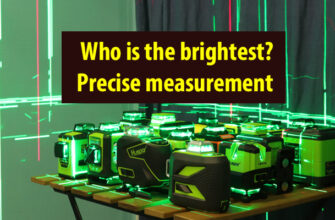
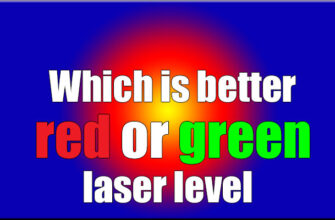
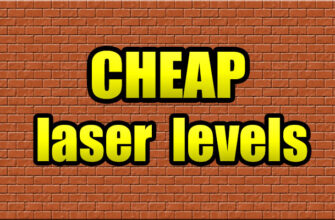
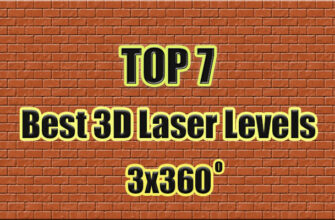
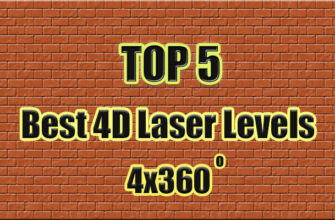
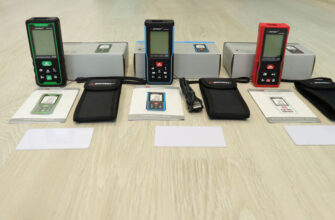
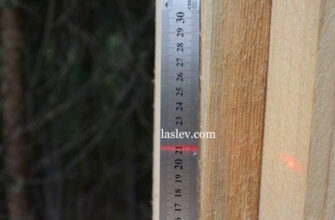
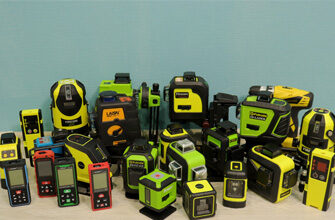
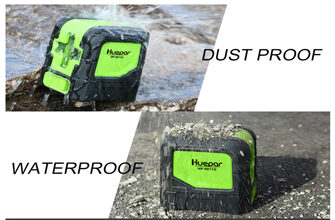
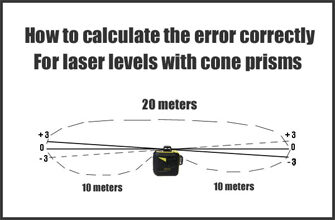
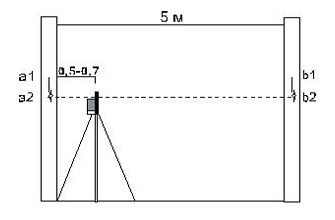
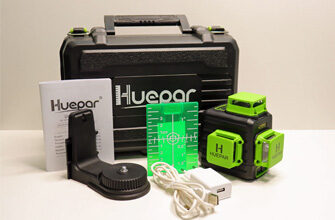
Hello, nice article 😊.
Do you have an opinion regarding rotativ level lasers? (In general)
Do you have any comments regarding the FUTTURA LT-400?
Hello, the rotary laser levels are designed for long distances from 100 meters and above, in tandem with the laser beam receiver. It is not very convenient to use them indoors, here it is better to use laser levels with a static line, there are a lot of reviews of such levels on the site. As for the FUTTURA LT-400 rotary level, it is a rather outdated model, the same as the RoboToolz DualPlane XP (RT-7690-2XP).